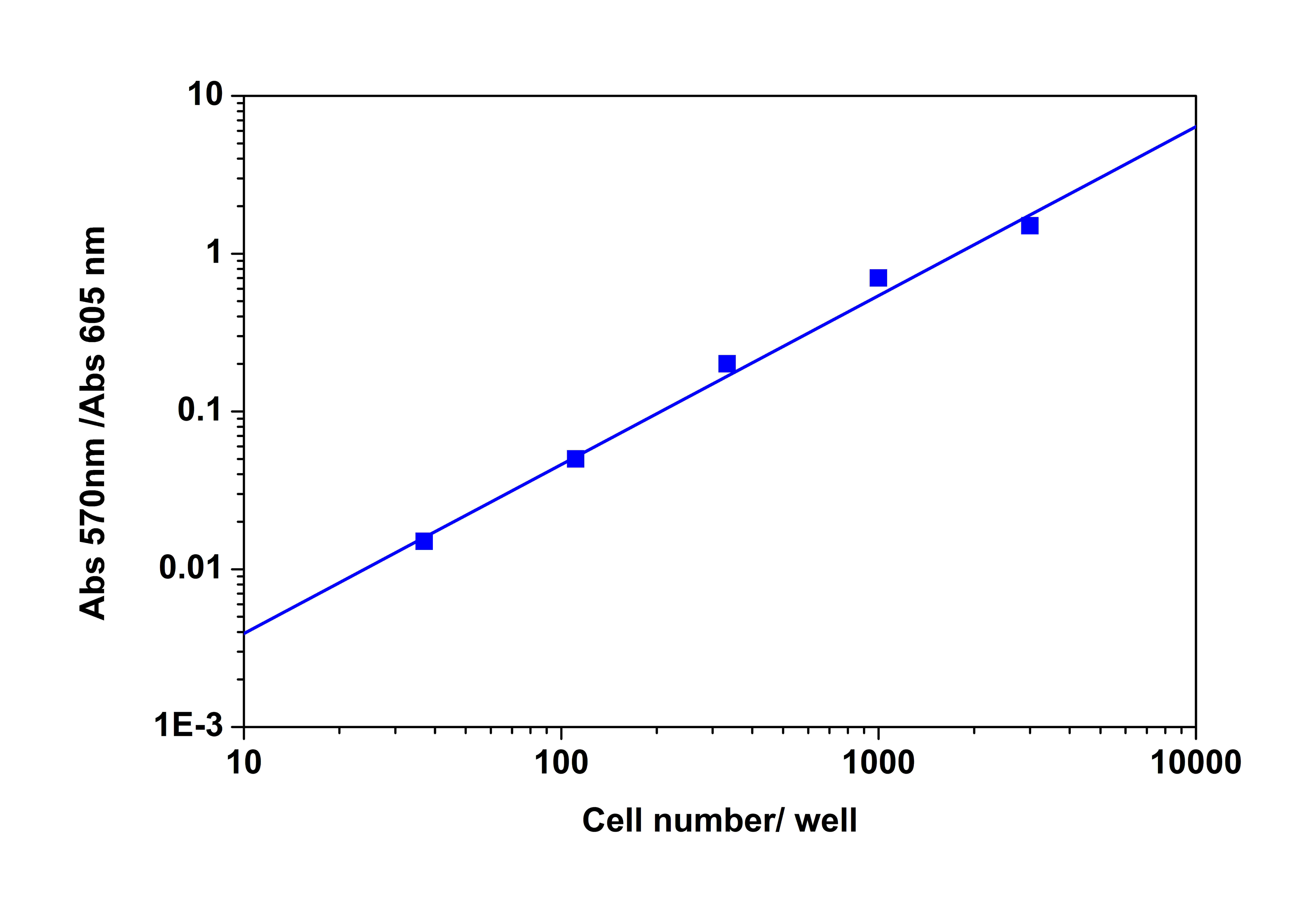Cytotoxicity assays are widely used to screen for cytotoxicity in compound libraries, which can be accomplished by detecting different markers for membrane integrity, apoptosis, and cell viability.
Assessing cell membrane integrity is one of the most common ways to measure cell viability and cytotoxic effects. Vital dyes, such as trypan blue or propidium iodide, are normally excluded from the inside of healthy cells. However, if the cell membrane is compromised, they can freely cross the membrane and stain intracellular components. Alternatively, membrane integrity can be assessed by measuring the leakage of compounds from the cytoplasm into the surrounding culture medium. The release of lactate dehydrogenase (LDH) has been commonly monitored to measure cytotoxic events using enzymatic LDH assay. Besides, cell viability could be assessed by measuring the biochemical markers of apoptosis, such as caspase-3, through which more specific information about the mechanism of cell death could be obtained.
Cytotoxicity can also be measured by monitoring the enzymatic activity or the content of specific cellular substances in viable cells. Redox dyes are commonly used to indicate the redox potential of viable cells. For example, viable cells can reduce MTS reagent to a colored formazan, and non-fluorescent resazurin could be reduced to fluorescent resarufin. In addition to using dyes to monitor cell viability, content of specific cell substance, such as ATP, can also be used as a marker of viability. Such ATP-based assays include bioluminescent assays in which ATP is the limiting reagent for the luciferase reaction.
